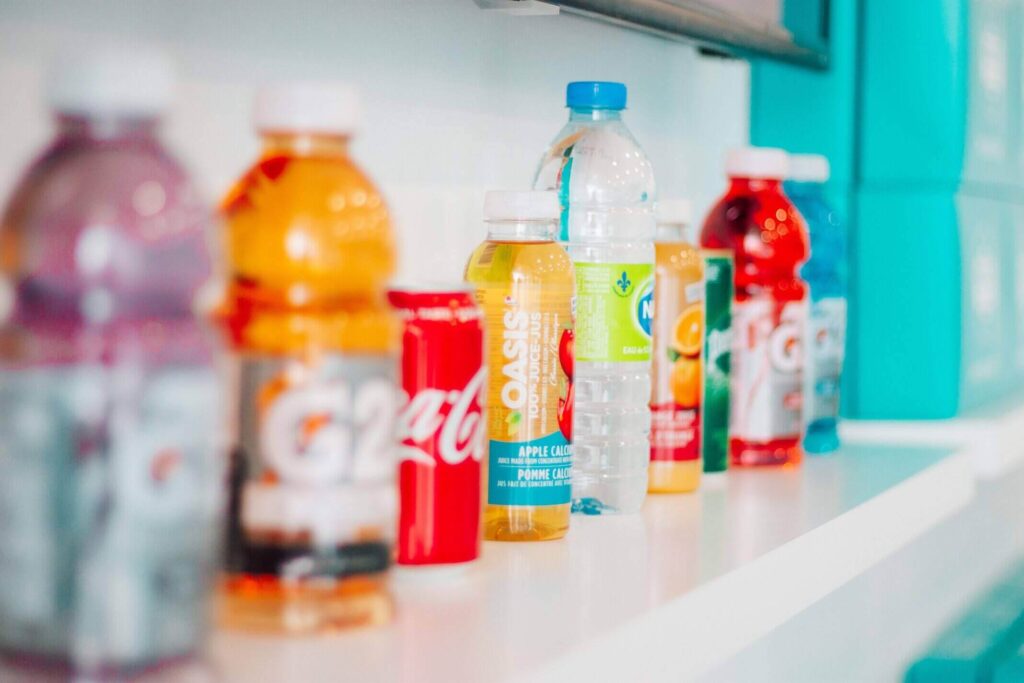In the beverage industry, building a strong brand identity is essential for standing out, attracting consumers, and establishing a loyal customer base given how crowded and competitive the market has become in the last few years. A well-crafted brand identity goes beyond a catchy logo and attractive packaging. It encompasses the values, personality, and emotional connection that a brand creates with its audience.
5WPR Insights
Defining the brand’s core values and mission
A strong brand identity starts with clearly defining a brand’s core values and mission. Brands must determine what they stand for and the values they want to communicate to customers. Sustainability, health-consciousness, innovation, and community engagement are examples of values that shape a brand’s beverage branding strategy.
Understanding the target audience
Before a company can build a brand identity, it needs to understand who the target audience is. Conduct thorough market research to identify the demographics, preferences, and behaviors of the ideal customers. This information will guide the beverage branding decisions, from visual elements to messaging tone.
Crafting a distinctive visual identity
Visual elements play a significant role in beverage branding. The logo, color palette, typography, and packaging design should work harmoniously to create a distinctive and memorable visual identity. The visual elements a brand chooses should reflect the brand’s personality and resonate with its target audience. For example, a natural and organic beverage might opt for earthy tones and minimalistic packaging, while an energy drink might use bold and vibrant colors.
Developing a compelling brand story
People connect with brands that have compelling stories. The brand story should convey the journey, values, and the reason why the beverage exists. Whether it’s a family tradition, a commitment to quality ingredients, or a revolutionary approach to beverage creation, a well-told brand story in beverage branding can establish an emotional connection with consumers.
Consistent messaging and tone
Consistency is key to building a strong brand identity. The messaging and tone should be consistent across all touchpoints, from social media posts to packaging labels. Whether a brand’s voice is playful, informative, or inspirational, maintaining a consistent tone helps consumers recognize and connect with the brand.
Showcasing quality and innovation
In a competitive market, quality and innovation set a brand apart. Highlight the unique features, ingredients, and benefits that make the beverage stand out. Whether it’s using rare and exotic ingredients, adopting sustainable production practices, or introducing cutting-edge technology, showcasing the brand’s commitment to quality and innovation can capture the attention of the customers.
Embracing storytelling through content
Content is crucial for beverage branding in the digital age. Social media, blogs, and videos are effective platforms to engage with the audience and share stories. By aligning the content with brand values and resonating with the target audience, a deeper connection can be built.
Creating memorable experiences
Building a brand identity extends beyond the product itself. Consider how the company can create memorable experiences for its consumers. Whether it’s hosting tasting events, collaborating with influencers, or supporting causes that align with the brand’s values, these experiences contribute to the overall perception of the brand.
Fostering customer engagement and feedback
Customer engagement is crucial for refining a brand identity. Listen to feedback from the customers, respond to their inquiries, and show that the company values their opinions. This engagement not only helps build loyalty but also allows brands to adapt and improve their brand identity based on consumer preferences.
Evolving with the marketing
The beverage industry is dynamic, with trends and consumer preferences constantly evolving. To maintain a relevant brand identity, be willing to adapt and evolve with the market. Stay informed about industry trends, keep an eye on the competitors, and be open to incorporating new elements into the brand identity when necessary
Discover more articles from Ronn Torossian:
Ronn Torossian on Crains
Ronn Torossian on Sound Cloud
Ronn Torossian on The Jerusalem Post
Ronn Torossian on PRNews

More PR Insights
How To Amplify Your Reach Through Employee Advocacy
What to Do When a Tweet Becomes a PR Crisis
How to Launch a CEO Blog That Drives Real Growth